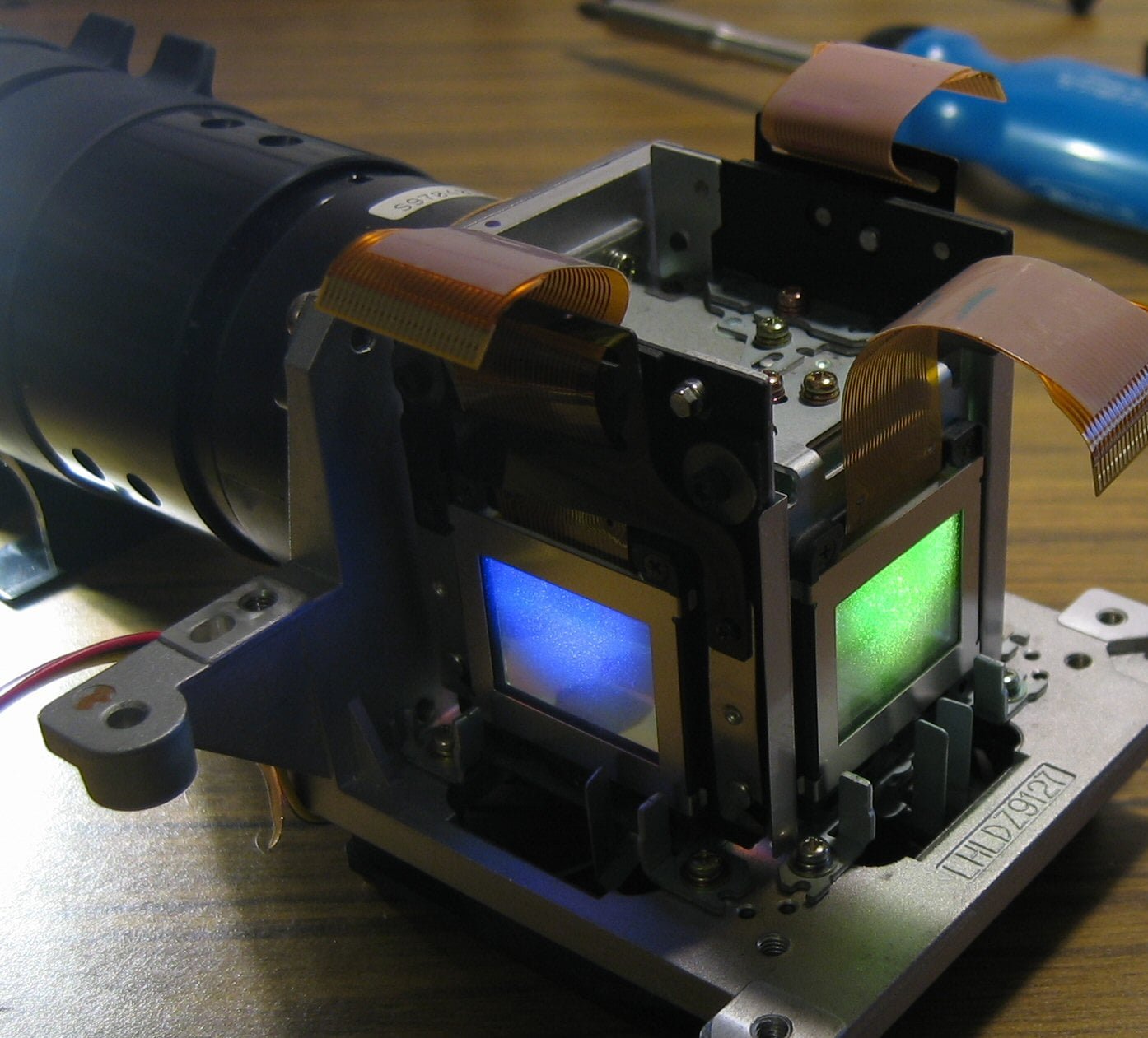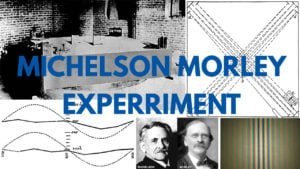
When we go to the cinemas and experience the big screen and its big characters, have you ever wondered how the pictures on the screen are made? Well, as you know, the answer is the projector. Projectors help to improve the experience of movies, but their utility does not stop in the movie theatre. To improve the overall user experience, the projector is also used in board rooms, conferences, classes and many other places. So, how does such a versatile technology work?
LCD Projectors

There are many types of projectors from the past, but we will be mainly LCD and DLP projectors. According to today’s standards, LCD projectors look obsolete, yet we will give them a form because it was the model which used to scale the stage for the projector on a large scale as a commodity.
To understand the LCD projector, start from the point where the light ray starts itself. The first thing that produces an acute ray of white light. The ray of light is reflected by a group of mirrors, in which two bifurcated mirrors are involved. In the dichroic Mirror, there is a special coating on them that only reflects the light of one type wavelength. The white light kills the mirrors and each one represents the ray of red, blue or green light.
The red, blue and green beams pass through an LCD, which is made up of thousands of small pixels. An exciting paradox emerges here … how can a crystal be liquid? An LCD is a substance that displays some properties of a solid and some properties of a liquid. More leaning towards a liquid, there is a unique feature in LCD where it can either block the light or when the electricity passes through it then allows light to pass. In the projector, there are three LCD screens. Three LCD screens are responsible for moving images on the same image or a grayscale. When colourful light passes through these three screens, they relay three versions of the same scene: one tinted red, one tinted green, and one tinted blue.
So, how does the image eventually emerge in its proper colours? Tinted images pass through a dried crystal, which leads to the birth of one million colours!
DLP Projectors

The new child DLP projector of the city that changes the LCD projector. In the 1980s, Texas Instruments scientist Dr Were developed by Larry. J Hornbach DLP technology is based on a microchip which is known as a digital micrometre device or DMD. DMD is a chip that contains approximately two million small mirrors in a square grid. These mirrors are incredibly small-these are the fifth part of the human hair diameter! It is placed on a microscope which is responsible for tilting the mirror in one way or the other.
An electronic circuit is also present, which helps in determining the orientation of each mirror. A bright source of light then shines on the DMD and electronic circuits individually tilt each mirror forward and backwards. If the mirror is inclined towards the lamp, then it pushes the light towards the screen. This is a mirror representative of a pixel. If the mirror is tilted away from the source of light, then it cannot reflect the bright source of light, so that the screen can be empty or dark.
Each mirror works individually, and two million mirrors move to create a high-resolution image. But how the colour is formed, can you ask? To add colour to images, DLP uses an extra bit technique in which there is a colour wheel in the path of light reflected by the mirrors of the DMD. The colour of the wheel is red, blue and green. When bouncing on the mirror and merge, the combination of these colours gives rise to an endless variety of colours in high definition. Finally, a lens gathers all the beams of light to create the final image.



